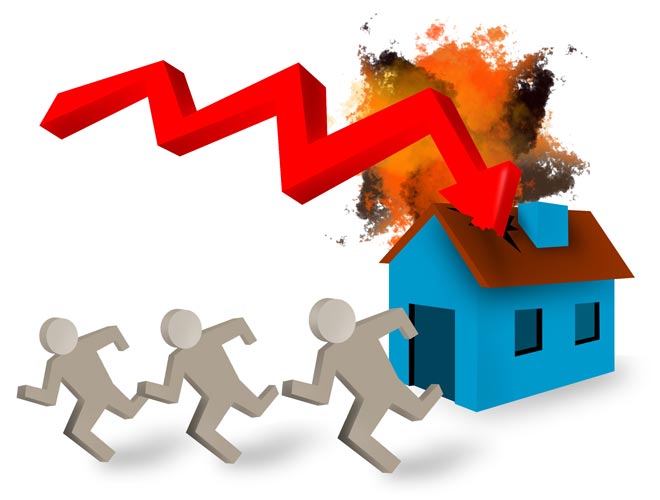KPMG warns any increase in Australia’s historically low interest rates would cause serious economic problems and affect households across the entire financial spectrum, from rich to poor.
The industry consultant said one of its biggest concerns is that Australian households have progressively increased debt levels at rates faster than their disposable incomes have grown.
Most notably, KPMG economists highlight some of Australia’s poorest citizens are taking on negatively geared property investments when there’s a clear inability to manage the financial risks.
Analysing the incomes and spending of Australian households over the past 20 years, KPMG said household income has primarily grown because of investment income and government transfers, not rising wages and salaries.
The firm added that more than one-third of the income of the poorest 20% of Australian households is received through government transfers.
Its report finds the bottom 20% of households recorded the highest rate of growth in investment income, at 8.5% per annum, compared to an average of 2.3% over the past decade for other households.
KPMG Australia chief economist Brendan Rynne said: “While it is perhaps understandable that the poorest members of our society want to diversify and increase their incomes, this group is the least able to take on the financial risk associated with geared investment activity.”
The second 20% of lowest-income households, or those slightly better-off, are getting relatively more than the lowest bracket in terms of (government) dollar transfers received per dollar tax paid. KPMG said this suggests policies to deliver welfare to the poorest members of society are less effective than to slightly better-off recipients.
“The proportion of households that end up paying no net tax – but via an administratively costly money-go-round of paying income tax and then getting it all or more sum back via income support payments, has now reached 60%,” Rynne said.
He says the answer is not further ratcheting up marginal tax rates for higher tax earners.
“Our analysis shows that the top 20% of households already pays 50% more income tax than the bottom 80% combined,” he said.

